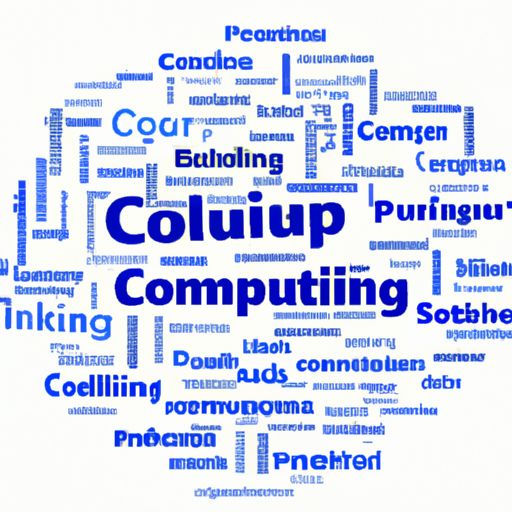Cloud computing has transformed the way businesses operate, providing scalable resources that can adapt to changing demands. As we move through 2023, several key trends are emerging that will shape the future of cloud services. In this article, we will explore these trends to help organizations stay ahead in the rapidly evolving digital landscape.
1. Increased Adoption of Hybrid Cloud Solutions
One of the most significant trends in cloud computing is the rising adoption of hybrid cloud strategies. Organizations are increasingly leveraging both public and private clouds to optimize performance, enhance security, and reduce costs. Hybrid cloud solutions allow businesses to maintain control over sensitive data while also utilizing the scalability and flexibility of public clouds.
2. AI and Machine Learning Integration
Artificial Intelligence (AI) and Machine Learning (ML) are becoming integral components of cloud services. Providers are integrating AI capabilities to enhance data analytics, automate processes, and improve customer experiences. In 2023, we can expect further advancements in these technologies, enabling organizations to gain deeper insights from their data and streamline their operations.
3. Emphasis on Cloud Security
As businesses continue to migrate to the cloud, the importance of security cannot be overstated. In 2023, cloud security will remain a top priority for organizations. New regulations and growing concerns over data breaches are driving cloud service providers to implement more robust security measures, including encryption, multi-factor authentication, and continuous monitoring systems.
4. Serverless Computing Gains Popularity
Serverless computing is gaining traction as businesses look for ways to reduce infrastructure management overhead. This model allows developers to focus on code rather than managing servers, leading to increased efficiency and faster deployment times. In 2023, more organizations will adopt serverless architectures to enhance their agile development practices.
5. Internet of Things (IoT) Cloud Solutions
The Internet of Things (IoT) continues to expand, leading to a surge in demand for IoT cloud solutions. Businesses are integrating IoT devices with cloud infrastructure to collect and analyze data in real-time, making informed decisions that enhance operational efficiency. In 2023, we expect to see significant growth in IoT cloud applications across various industries.
Conclusion
Cloud computing is poised to continue its growth trajectory in 2023, driven by innovative technologies and the increasing need for flexible, secure solutions. By staying informed of these trends, organizations can harness the power of the cloud to achieve their business objectives effectively.
For more insights and updates on cloud computing, stay tuned to our blog!










